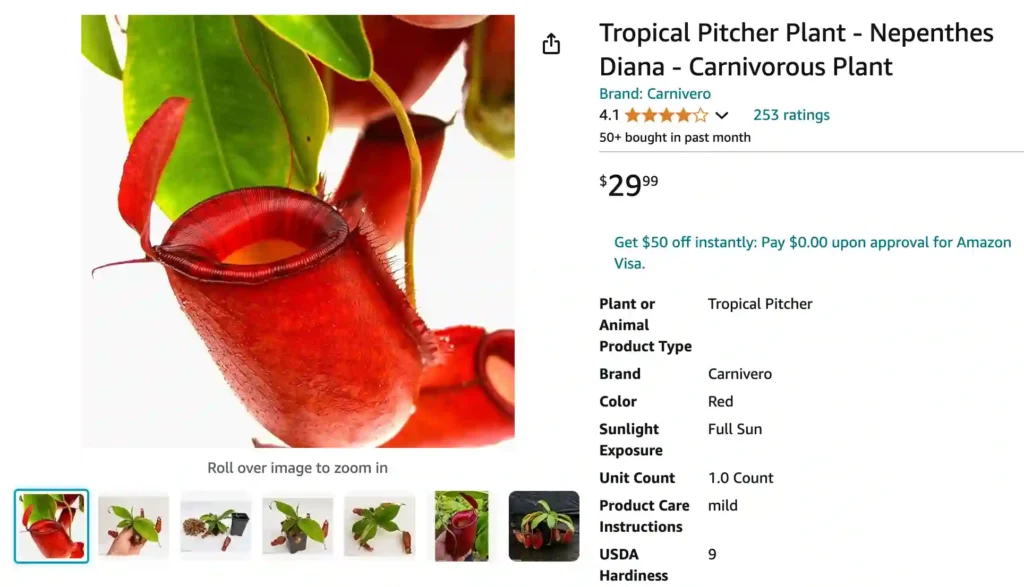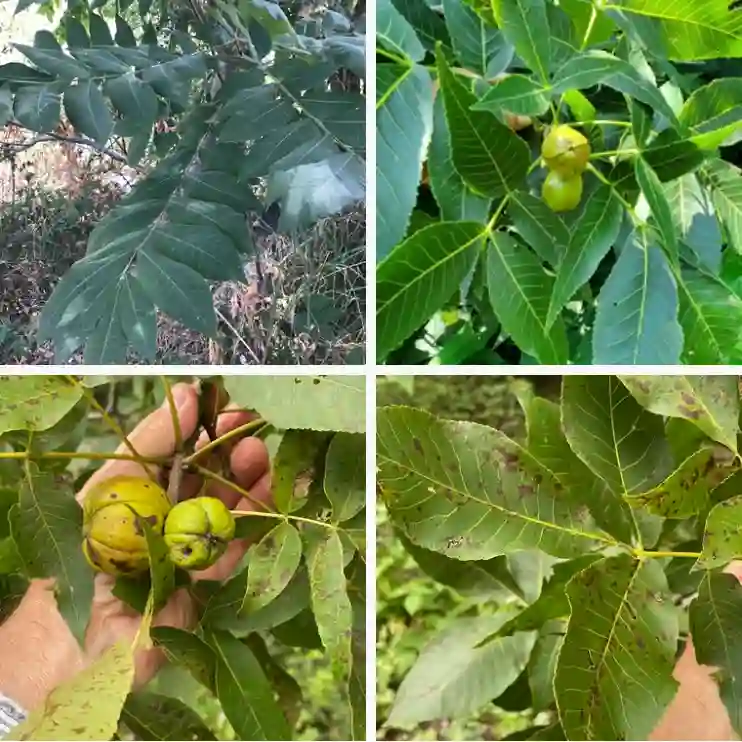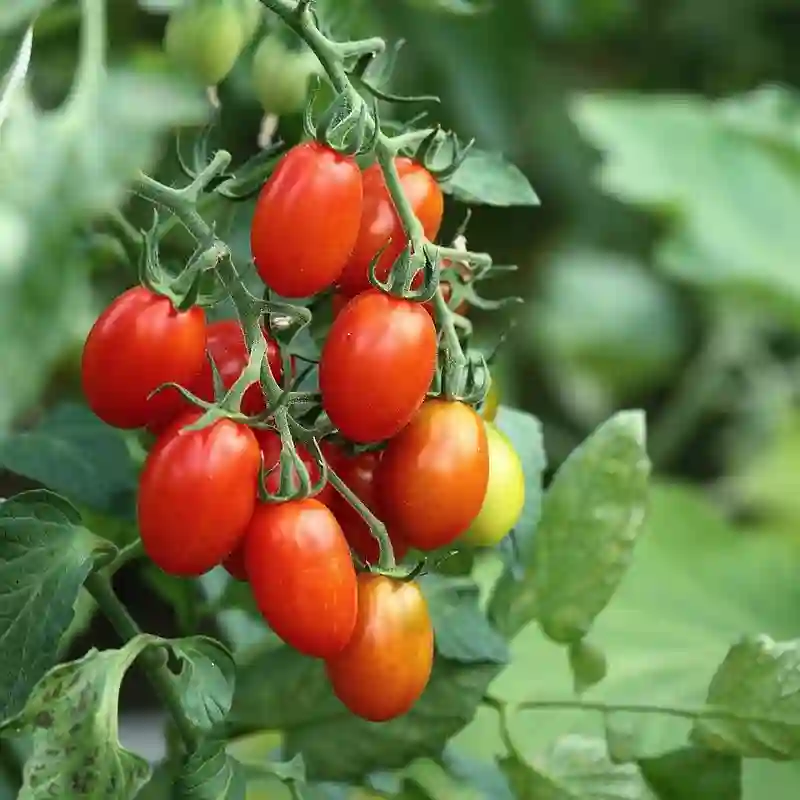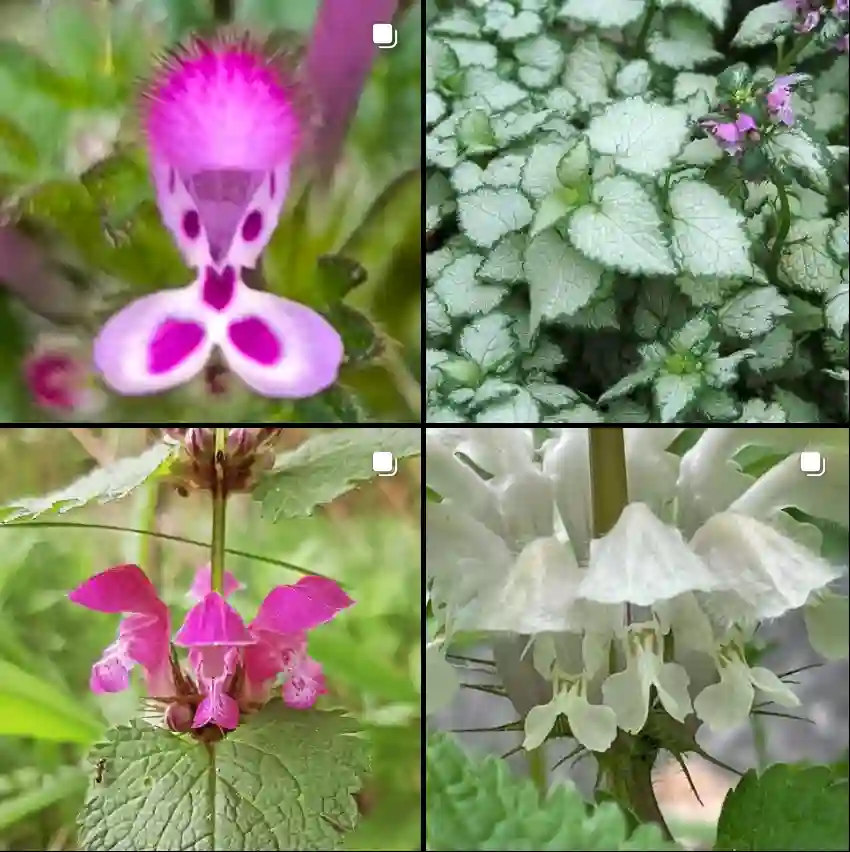
All About My Nepenthes Diana: A Gardener’s Guide
I’m Ferb Vu, and carnivorous plants are my passion. Among the many captivating varieties, the Nepenthes Diana holds a special place in my collection. This stunning hybrid boasts not only mesmerizing looks but also surprising resilience. If you’re curious about this captivating carnivore, you’ve come to the right place.
Plant Family: Nepenthaceae – 207 Species in Genus Nepenthes
What is Nepenthes Diana?
The Nepenthes Diana is a captivating carnivorous pitcher plant, a mesmerizing fusion of Nepenthes ampullaria and a cross between Nepenthes sibuyanensis and Nepenthes ventricosa. It’s named after Diana Cantley, a prominent figure in the Nepenthes breeding world. This parentage gives it a unique combination of traits – a compact growth habit, stunning crimson pitchers, and a tolerance for a wider range of conditions than many other Nepenthes.
Those Breathtaking Pitchers: A Visual Feast
The true stars of the show are Nepenthes Diana’s pitchers. These modified leaves transform into captivating crimson tubes, often described as “tubby” or “chubby.” The vibrant red color is hard to miss and adds a touch of the exotic to any indoor space. As the plant matures, these alluring pitchers become even more pronounced, dangling like ornaments from its tendrils.
Nepenthes Diana vs. Other Nepenthes: Finding Your Perfect Match
While Nepenthes Diana is a fantastic choice, other Nepenthes varieties might suit your preferences. Here’s a quick comparison to help you decide:
- Nepenthes Miranda: This hybrid boasts spectacular orange and red pitchers but requires higher humidity levels than Diana.
- Nepenthes Ventrata: A classic with green and red pouch-like traps, Ventrata is easier to find but may not be as visually striking as Diana.
- Nepenthes Bicalcarata: Known for its forked pitchers, Bicalcarata thrives in cooler temperatures, unlike Diana’s warmth preference.
Ultimately, the best choice depends on your experience level, available space, and desired aesthetics.
How to care for Nepenthes Diana?
Nepenthes Diana, despite its exotic origins, is surprisingly forgiving. Here’s what you need to know to keep yours thriving:
- Light: Bright, indirect sunlight is ideal. Avoid harsh afternoon sun, which can scorch the leaves.
- Temperature: Warmth is key. Aim for temperatures between 70-85°F (21-29°C).
- Humidity: Moderate to high humidity is preferred (around 50-70%). Consider a humidifier or a terrarium for optimal conditions.
- Watering: Use only distilled water or rainwater. Keep the potting mix consistently moist, but not soggy. Allow excess water to drain freely.
- Feeding: While not strictly necessary, you can offer your Diana the occasional bloodworm or insect treat. Avoid overfeeding, which can harm the plant.
- Potting Mix: A well-draining, Nepenthes-specific mix is crucial. Look for a combination of sphagnum moss, perlite, and orchid bark.
Pro Tip: Keep an eye on your Nepenthes Diana’s pitchers. Full pitchers indicate the plant is well-fed, while dry or dying pitchers might signal insufficient moisture or feeding.
Troubleshooting Common Nepenthes Diana Issues
Even the best caretakers face occasional challenges. Here are some common Nepenthes Diana issues and solutions:
- Brown leaves: This could be due to low humidity, underwatering, or excessive sunlight. Adjust your care routine accordingly.
- Black or dying pitchers: Overwatering or poor drainage are likely culprits. Ensure proper drainage and adjust watering frequency.
- Stunted growth: Insufficient light or cooler temperatures might be the cause. Provide brighter indirect light or increase warmth.
The Allure of Nepenthes Diana: A Rewarding Companion
The Nepenthes Diana is more than just a beautiful plant; it’s a captivating conversation starter. Witnessing this carnivorous wonder trap the occasional insect is a fascinating reminder of the natural world’s diversity. With proper care, your Nepenthes Diana will reward you with years of vibrant color and captivating insect-catching displays. So, why not add a touch of the exotic to your home and welcome a Nepenthes Diana into your life?
If i die, water my plants!



